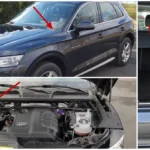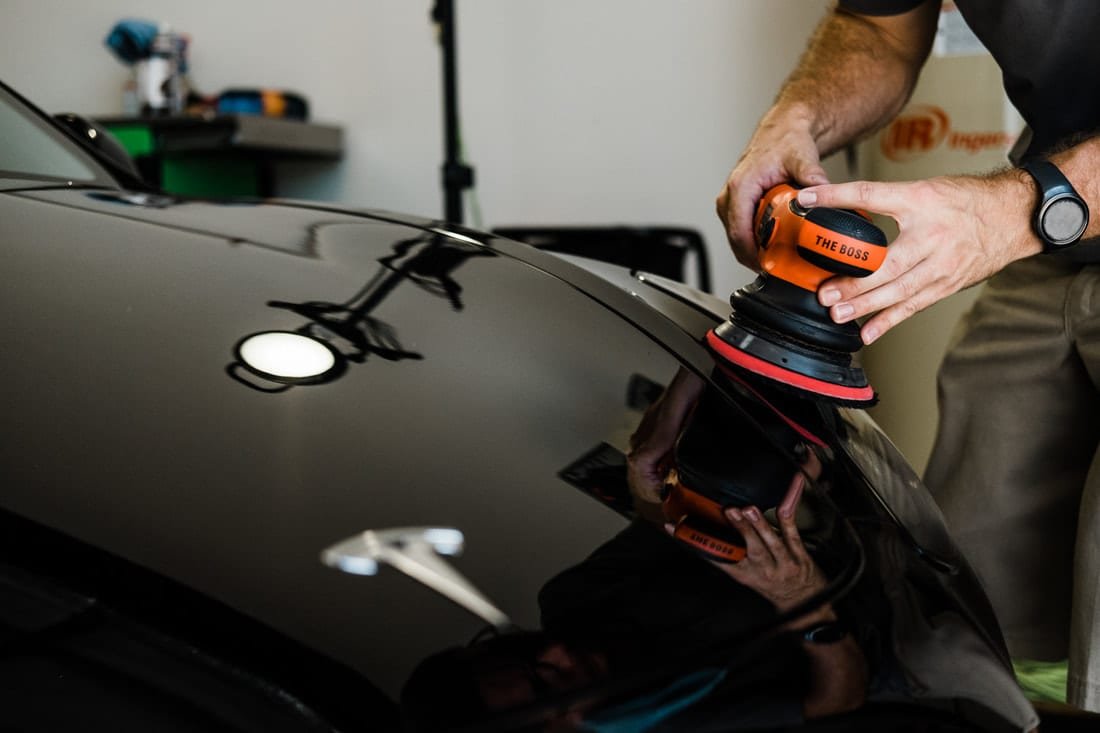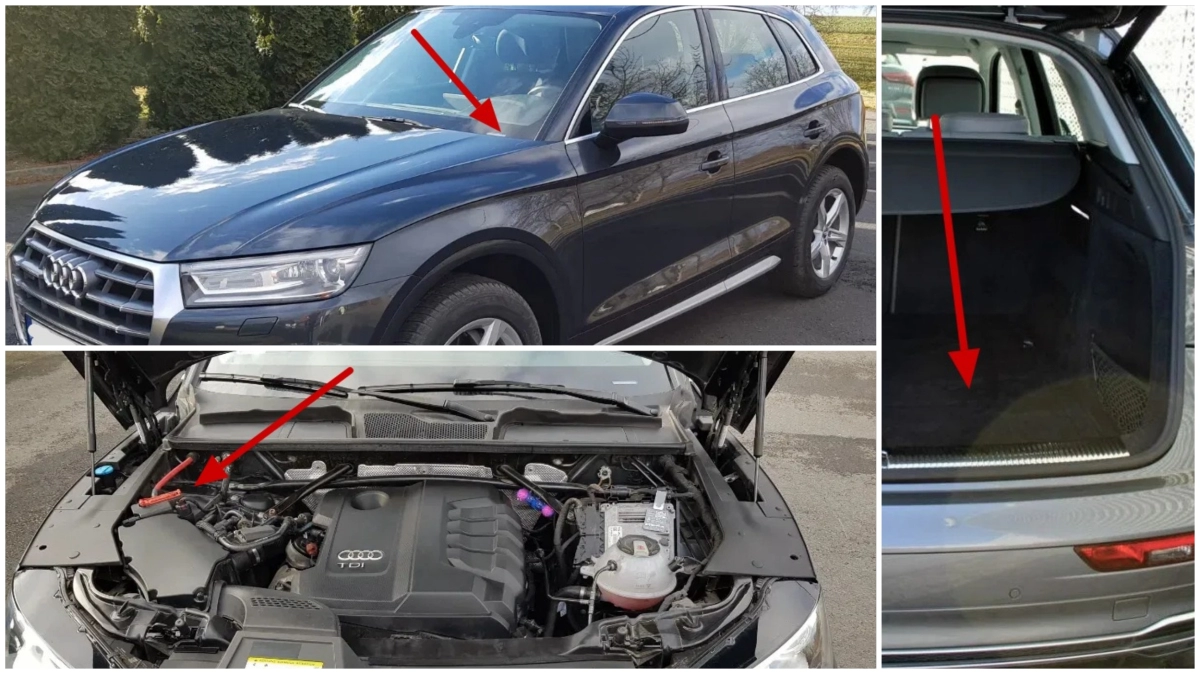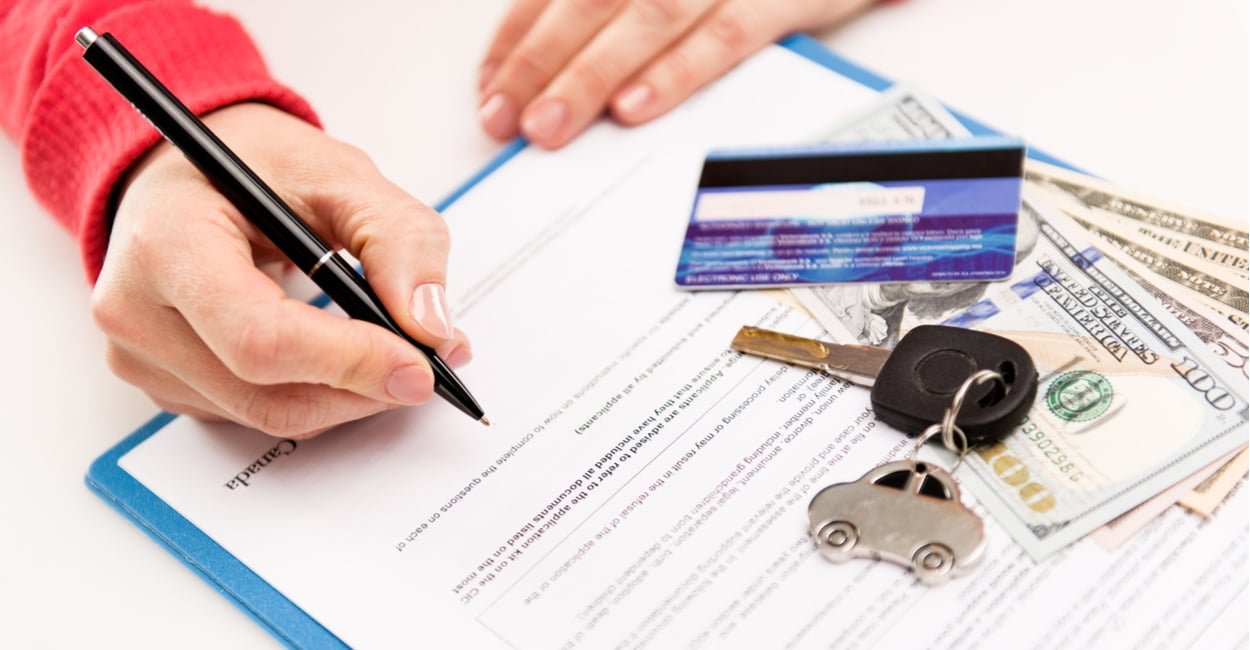Paint correction is the process of removing imperfections from a vehicle’s paint surface. This can include scratches, swirls, and oxidation that develop over time due to exposure to the elements, improper washing techniques, or even just regular wear and tear. For car enthusiasts and anyone who values their vehicle’s appearance, paint correction is essential for restoring that original shine and luster.
When a car’s paint is damaged, it can significantly affect its overall look and resale value. Moreover, a well-maintained paint job protects the underlying metal from rust and corrosion. Paint correction is not just a cosmetic enhancement; it’s a crucial aspect of vehicle maintenance. By understanding and applying the correct techniques and products, car owners can achieve a stunning, mirror-like finish that makes their vehicle stand out.
This guide will walk you through the essential aspects of paint correction, from understanding the types of paint defects to the tools and techniques needed for the best results. Whether you are a DIY enthusiast or considering professional services, this information will help you make informed decisions.
Understanding Paint Defects
Types of Paint Defects: Swirls, Scratches, Oxidation
Paint defects can manifest in various ways, and understanding these imperfections is the first step in effective paint correction. Swirls are circular marks that often appear on the surface, usually caused by improper washing or drying techniques. These can be particularly frustrating as they dull the shine of the paint and make the car look neglected.
Scratches, on the other hand, are more severe. They can range from light surface marks to deep gouges that penetrate through the clear coat. Deep scratches require more intensive correction methods, which can be time-consuming. Oxidation occurs when the paint loses its protective layers, often due to prolonged exposure to sunlight and environmental pollutants. This results in a dull and faded appearance.
Recognizing these defects is crucial, as different issues require different correction methods. A thorough assessment of your vehicle’s paint condition will help determine the best approach to restoring its beauty.
Tools and Products for Paint Correction
Essential Tools: Polishers, Pads, and Compounds
To achieve effective paint correction, having the right tools is essential. One of the most important tools is the polisher. There are two main types: dual-action (DA) polishers and rotary polishers. DA polishers are generally safer for beginners, as they provide a balance between effective correction and user control.
In addition to a polisher, you will need various pads and compounds. Foam pads come in different densities, with softer pads suitable for light correction and harder pads used for more severe defects. Paint correction compounds are specially formulated abrasives that help to remove imperfections. They vary in cutting power, so selecting the right one for your specific needs is crucial.
Don’t forget about protective gear! Proper safety equipment, like goggles and masks, is necessary to protect yourself from dust and chemicals while working. Investing in quality tools and products can make a significant difference in the outcome of your paint correction process.
The Paint Correction Process
Step-by-Step Guide to Correcting Paint
The paint correction process involves several steps to ensure a flawless finish. Start by thoroughly washing the vehicle to remove dirt and debris. Use a pH-balanced car shampoo and avoid automatic car washes, which can cause additional scratches. After washing, dry the car completely with a microfiber towel to prevent water spots.
Next, inspect the paint surface under good lighting. Use a paint thickness gauge if available to assess the clear coat’s depth and identify areas that need more attention. Once you’ve pinpointed the defects, it’s time to choose your polisher and pad.
Begin polishing using a small section of the vehicle at a time. Apply a few drops of compound to the pad and spread it evenly across the area before turning on the polisher. Use slow, overlapping motions to ensure thorough coverage. After polishing, wipe away any residue with a clean microfiber towel. Finally, apply a sealant or wax to protect the newly corrected paint.
Maintaining Your Vehicle’s Finish
Best Practices for Ongoing Care
Maintaining your vehicle’s finish is vital for preserving the results of your Paint correction efforts. Regular washing is the foundation of good maintenance. Use a pH-balanced shampoo and soft wash mitts to minimize the risk of scratches. It’s best to wash your car in the shade to prevent soap from drying too quickly.
After washing, always dry your vehicle with a microfiber towel to avoid water spots. Consider using a spray sealant or wax after each wash to enhance protection and shine. This additional layer will help repel dirt, contaminants, and UV rays, further safeguarding the paint.
Avoiding automatic car washes and opting for hand washes will greatly reduce the risk of further paint damage. If you notice new defects, address them promptly. Regular inspections can help you catch issues early before they require more extensive correction.
Common Myths About Paint Correction
Debunking Misconceptions
There are many misconceptions surrounding paint correction that can lead to confusion and improper practices. One common myth is that paint correction will completely eliminate all imperfections. While it can significantly reduce defects, some deeper scratches may remain visible even after correction.
Another myth is that paint correction damages the clear coat. In reality, when done correctly, paint correction enhances the clear coat and protects the paint beneath. It’s important to use the right products and techniques to avoid damaging the finish.
Some people believe that paint correction is only for professional detailers. However, with the right knowledge and tools, many car enthusiasts can perform effective paint correction themselves. It’s essential to learn the proper techniques and start with smaller areas to build confidence.
When to Seek Professional Help
Signs That Professional Correction is Needed
While many car owners can handle basic paint correction, certain situations warrant professional assistance. If your vehicle has severe scratches, extensive oxidation, or if you’re unsure about using a polisher, it may be time to seek help from a professional detailer. They have the experience, tools, and products to achieve optimal results.
Additionally, if you’re preparing a vehicle for sale or a special event, a professional can ensure the paint is in pristine condition. They can also provide advanced techniques that may not be feasible for a DIYer.
Professional services can save you time and ensure a high-quality finish, especially for more complicated paint issues. Ultimately, knowing when to reach out for professional help can save you from costly mistakes and ensure your vehicle looks its best.
Conclusion
In summary, paint correction is an essential process for maintaining the beauty and integrity of your vehicle’s paint. By understanding paint defects, using the right tools, and following a step-by-step process, you can achieve stunning results. Regular maintenance and addressing new issues promptly will help keep your car looking fresh for years to come. Don’t be deterred by myths; with the right knowledge, anyone can improve their vehicle’s appearance, ensuring it always turns heads on the road.











